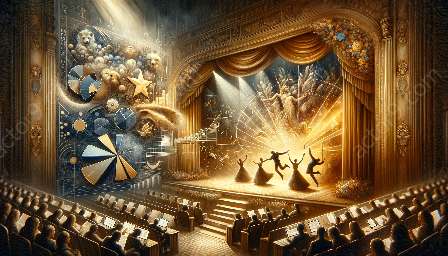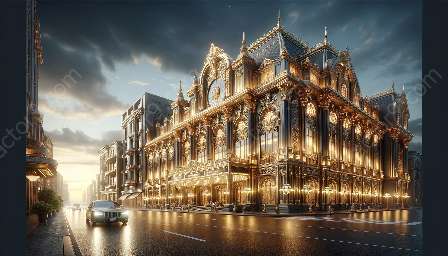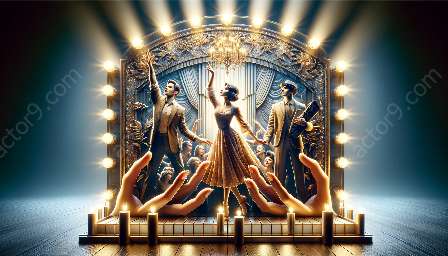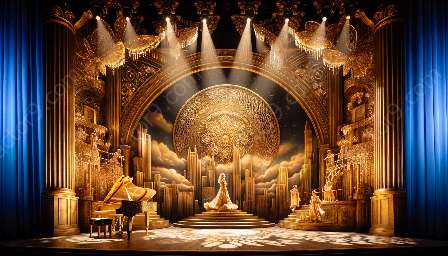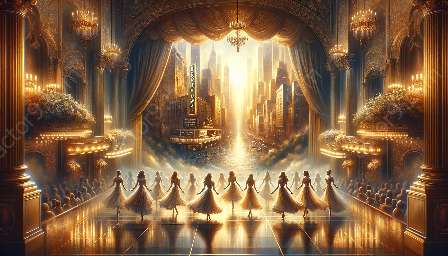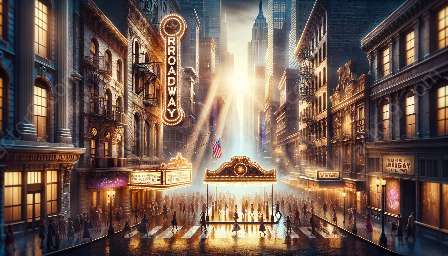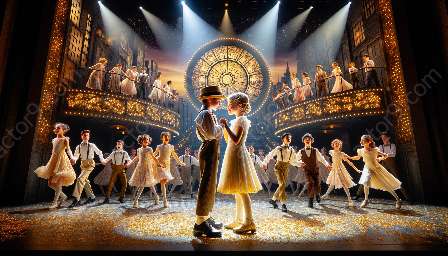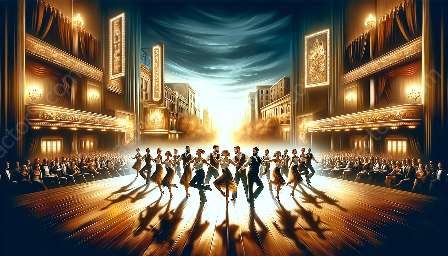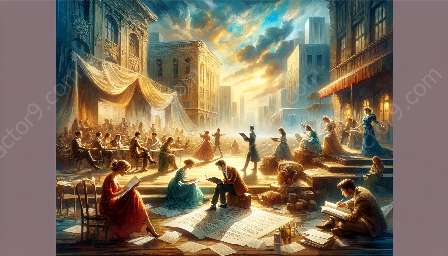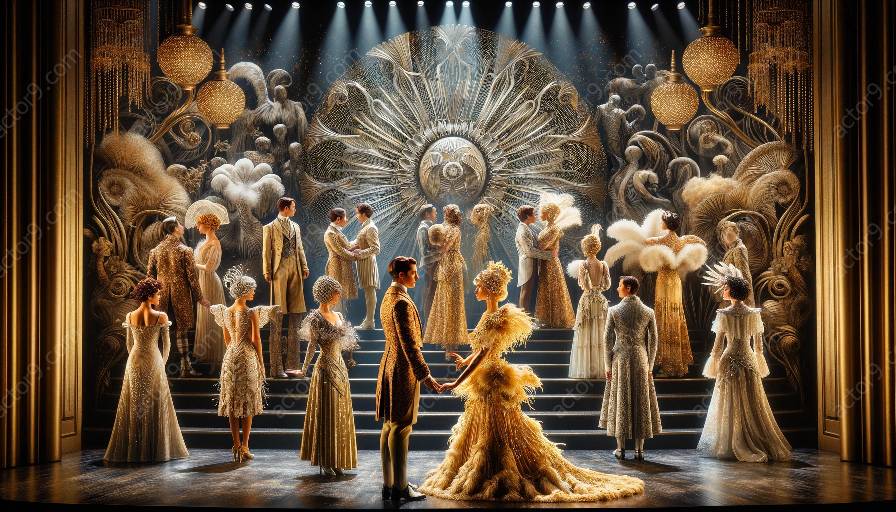Costume changes in live performances, especially in Broadway musicals, present unique challenges that require careful planning and execution. From quick changes to design functionalities, costume designers play a crucial role in ensuring seamless transitions and stunning visuals on stage. Let's delve into the intricacies of costume changes in live performances and how professionals in costume design address these challenges.
The Intricacies of Costume Changes in Live Broadway Musicals
Live Broadway musicals are known for their elaborate and visually stunning costumes that bring characters to life on stage. However, behind the scenes, costume changes present a set of challenges that require meticulous attention to detail. One of the primary concerns is the need for quick changes during the performance, often leaving little to no margin for error. Additionally, the functionality and durability of costumes are critical factors, especially in high-energy dance numbers and intense stage movements.
Quick Changes: Precision and Timing
Quick changes during live performances are a feat that demands precision and impeccable timing. Costume designers have to consider multiple factors, including the complexity of the costume, the performer's movements, and the available time for the change. This often involves strategic placement of zippers, snaps, magnets, and other fastening mechanisms to facilitate rapid costume changes without compromising the overall aesthetics.
The dressers backstage who assist with the changes play a pivotal role in ensuring smooth transitions. They work closely with the performers to orchestrate seamless maneuvers, sometimes even practicing the changes repeatedly to perfect the timing. Behind the scenes, there is a carefully choreographed dance of costume changes that is just as crucial as the performances happening on stage.
Functional Design: Balancing Aesthetics and Movements
Costume designers also focus on creating costumes that not only look visually stunning but also facilitate ease of movement for the performers. This is particularly important in Broadway musicals where intricate dance routines and dynamic stage elements demand costumes that can withstand rigorous movements. From flexible fabrics to hidden reinforcements, the design of the costumes is a delicate balance between aesthetics and functionality.
Moreover, considering the varying climates of different theaters, costume designers must account for factors like ventilation and temperature regulation within the costumes. This ensures the performers' comfort and ability to deliver their best while wearing the costumes under different conditions.
The Role of Technology in Costume Changes
As technology continues to advance, costume designers are exploring innovative ways to streamline costume changes in live performances. This includes the use of quick-release mechanisms, automated costume elements, and even remote-controlled features that allow for swift alterations without interrupting the flow of the performance. Additionally, digital advancements in fabric development and 3D printing are opening up new possibilities for creating costumes that are both visually impressive and highly functional.
Collaboration and Preparation: Keys to Seamless Costume Changes
Behind every successful costume change in a live performance is extensive collaboration and meticulous preparation. Costume designers work closely with the production team, performers, and dressers to ensure that every costume change is well-rehearsed and flawlessly executed. This often involves creating detailed change plots, organizing the costumes in a logical sequence, and implementing backup plans in case of unforeseen circumstances.
Rehearsals for costume changes are integral parts of the production process, allowing the entire team to address any potential issues and refine the timing of the changes. By fostering a collaborative environment and emphasizing thorough preparation, costume designers and the production team mitigate the risks associated with costume changes and enhance the overall production value.
Conclusion
The challenges of costume changes in live performances, particularly in Broadway musicals, are multifaceted and demand a high level of expertise from costume designers. From mastering quick changes to integrating functional design elements, these professionals play a vital role in bringing the characters and stories to life on stage. By understanding and addressing these unique challenges, costume designers contribute to the seamless and captivating experiences that define the world of Broadway and musical theater.










